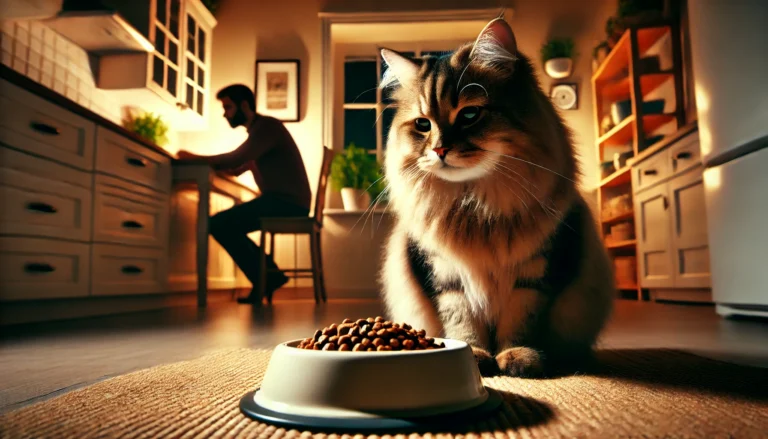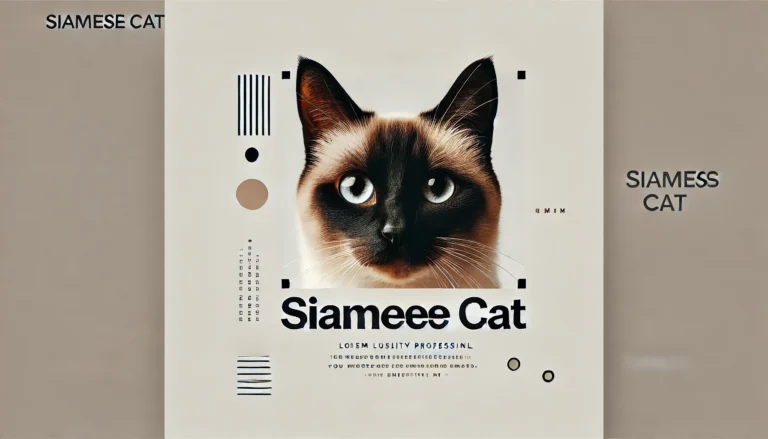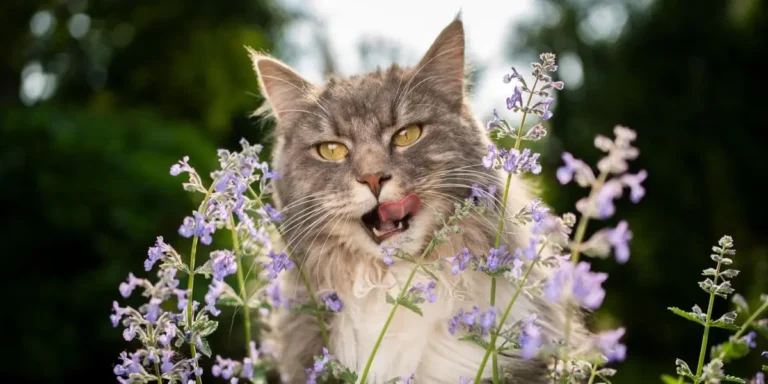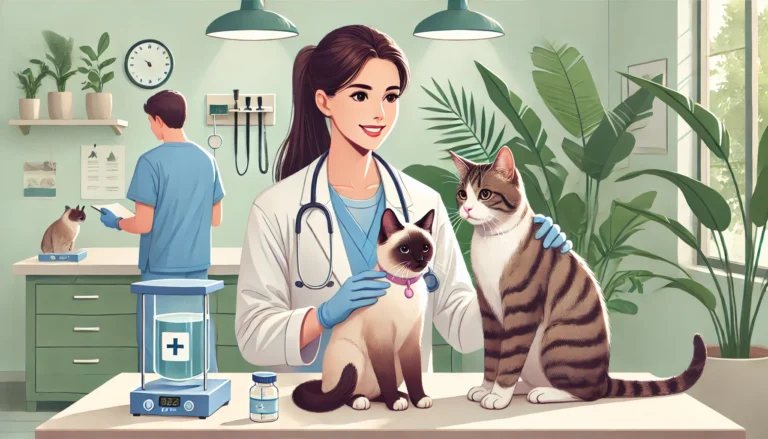How To Read a Cat’s Body Language
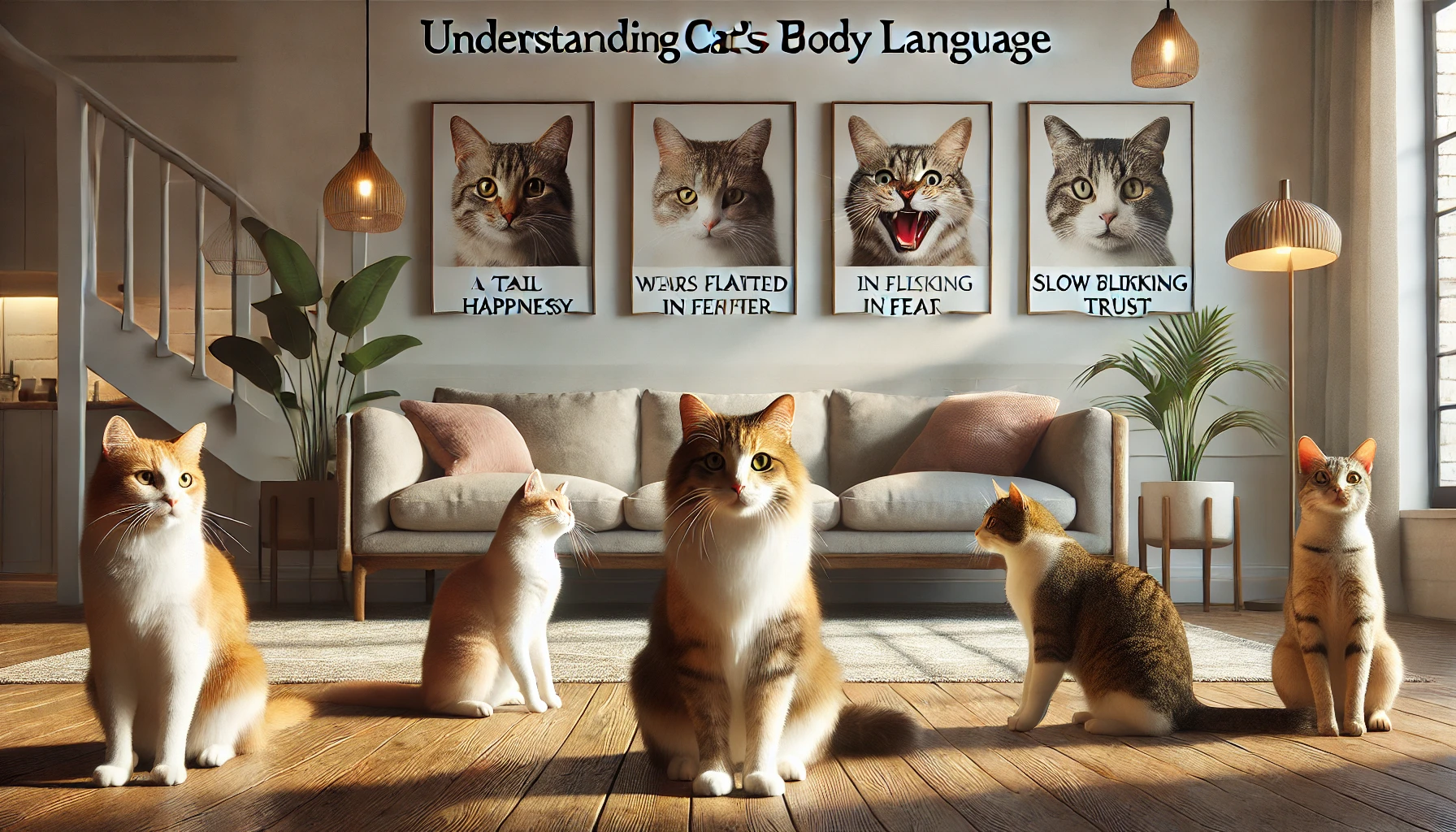
Cat’s Body Language are often seen as mysterious creatures, their behavior a puzzle to many owners. Understanding cat body language can dramatically improve the relationship between a cat and its owner. By deciphering the subtle messages conveyed through body posture, facial expressions, and tail movements, you can understand your feline’s feelings and intentions.
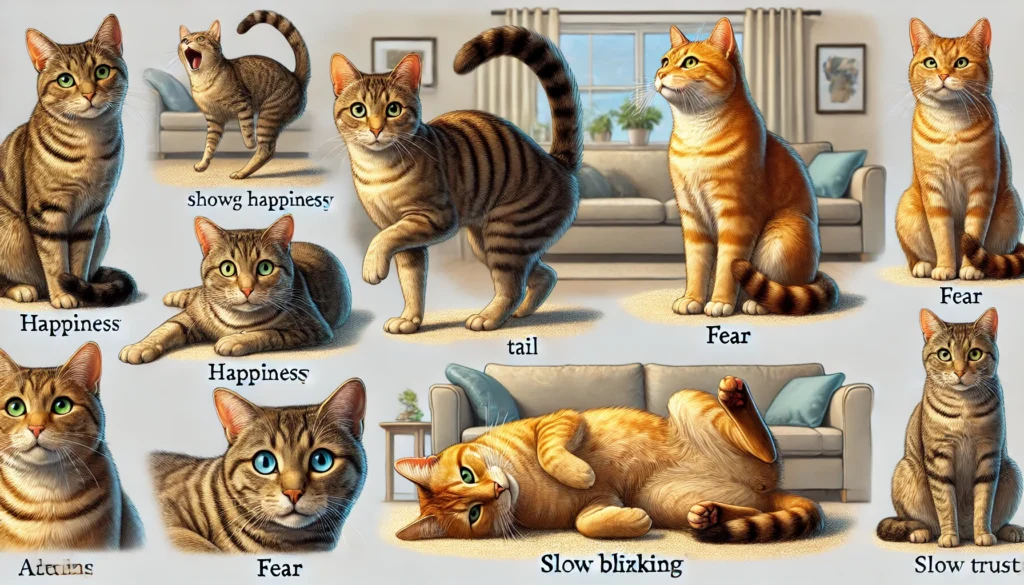
The Tail Tells a Tale
The tail is one of the most expressive parts of a Cat’s Body Language. Here’s how to interpret some common tail positions:
- Straight Up: When a cat holds its tail high in the air, it usually signifies happiness and confidence. This is often seen when your cat greets you.
- Question Mark: A slightly curved top of an upright tail can indicate a playful mood and invitation to interact.
- Wrapped Around Their Body: A tail wrapped around the body might signal insecurity or a defensive stance.
- Puffed Up: A tail that becomes bushy or puffed up is typically a sign of fear or aggression. It’s a way for cats to appear bigger and scare off threats.
- Twitching: A tail that twitches or flicks can indicate both interest and irritation. Context is crucial to determine the underlying mood.
Eyes Wide Open
A cat’s eyes are extremely expressive. Adjustments in pupil size and eye shape can communicate a Cat’s Body Language and emotional state.
- Dilated Pupils: Can indicate fear, surprise, or excitement. In a playful or stimulating environment, dilated pupils can just mean arousal due to activity.
- Constricted Pupils: Often signify anger or aggression, especially if combined with other body language cues like a stiff tail or flattened ears.
- Slow Blinking: Cats often slowly blink their eyes to show comfort and trust. Returning a slow blink can strengthen your bond, communicating your peaceful intentions.
do you know
Dogs are known for their Excessive Drooling in Dogs , especially when anticipating a treat or when they’re drooling over food.
Listening with Their Ears
Cats’ ears are like mood antennae, constantly moving and adjusting to sounds and emotions around them.
- Forward: Ears pointing forwards usually mean a cat is alert and interested in what’s happening around it.
- Sideways or Back: If a cat’s ears are turned sideways or back, it might be feeling anxious or irritated.
- Flattened: Ears that are pressed flat against the head are a clear sign of fear or aggression. This is a defensive posture meant to make the ears less vulnerable to damage.
Whisker Watch
Whiskers are not just for measuring gaps; they also help cats navigate their emotional landscape.
- Spread Out: Relaxed whiskers that stick out sideways indicate a calm, content cat.
- Pinned Back: Whiskers pulled back against the face can signal aggression or fear, supporting other defensive body language.
The Subtle Body
The overall body posture of a cat can often give you the clearest idea of its feelings and intentions.
- Relaxed Posture: A cat lying on its back with a relaxed posture may be inviting interaction, but beware—this is also a defensive posture where all tools (claws and teeth) can be quickly employed.
- Tense or Crouched: A tense body or crouched position often indicates that a cat is anxious or ready to pounce or flee.
- Arched Back: Similar to the puffed tail, an arched back with bristled fur makes a cat appear larger to threaten perceived threats or to play.
Vocalizations
Cats communicate a lot through vocalizations. Each sound can have variations and different meanings based on the context.
- Meowing: Generally, meowing is directed at humans and not other cats. Kittens meow to their mothers, but adult cats use the sound to communicate with people.
- Purring: Often signifies contentment but can also be used to comfort themselves when sick or injured.
- Hissing or Spitting: These sounds are clear warnings. They indicate fear, aggression, or discomfort.
Conclusion
Understanding your cat’s body language can help you build a deeper and more respectful relationship with your feline friend. By paying attention to these cues, you can ensure your interactions are positive and that your cat feels secure and understood in your home. Remember, each cat is unique, and spending time observing your cat is the key to unlocking the mysteries of its behavior. This understanding can help you not just coexist but truly connect with your cat, enriching the life you share together.
What are the signals of a cat’s body language?
Key signals include tail position, ear orientation, eye dilation, and overall posture, each indicating different emotions like happiness, fear, aggression, or curiosity.
How to tell if a cat loves you?
A cat may show affection by purring, kneading, bringing you gifts, slow blinking, or following you around.
What is a confident cat’s body language?
A confident cat carries its tail high, maintains a relaxed posture, and approaches with ears up and eyes relaxed.
What is a playful cat’s body language?
Playful cats have a lively body language with forward-facing ears, a slightly moving tail, and often assume a “butt-in-the-air” position ready to pounce.
How do cats flirt?
Cats may flirt by purring, rubbing against you, displaying their belly, or through gentle nipping and batting with their paws.
How do cats show kisses?
Cats show affection similar to kisses by gently head-butting or nuzzling their face against you.
How do cats say “I love you”?
Cats express love through slow blinking, head-butting, purring loudly when near you, and curling up on or near you.
How do cats show sadness?
Sad cats may withdraw, reduce their vocalizations, change their eating habits, or sleep more than usual.
Do cats have a favorite person?
Yes, cats often bond closely with one person who matches their energy level and treats them with understanding and consistency.


